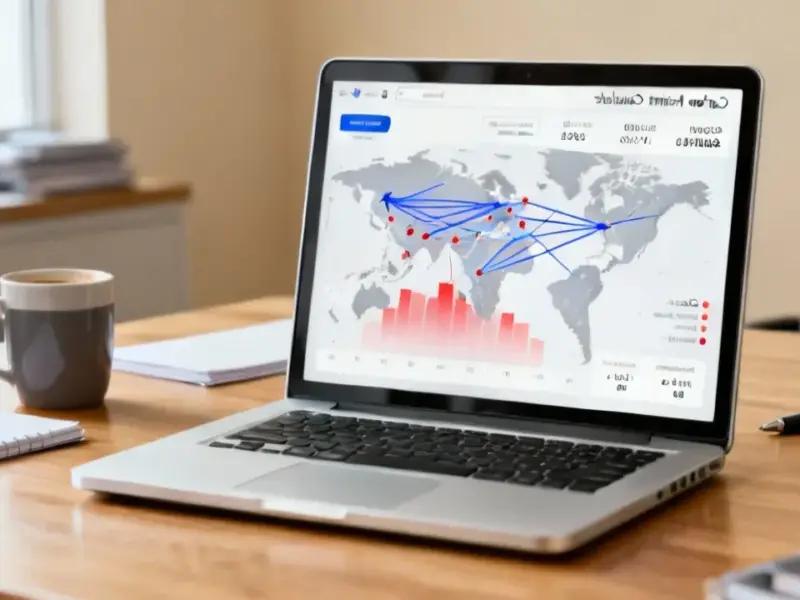According to Forbes, the digital economy’s biggest constraint has shifted from computing hardware to electricity supply. AI investor Kuok Meng Wei revealed at the Forbes Global CEO Conference that global AI data center needs could reach 250 gigawatts by 2030, up dramatically from today’s estimated 50 gigawatts of capacity. This represents needing the equivalent of one large nuclear power plant’s worth of electricity every single week. The panel, which included executives from K2 Strategic, Full Vision Capital, DCI Indonesia, and Barito Renewables Energy, identified three critical challenges: current electricity demand forecasts are dangerously conservative, transmission infrastructure is as big a bottleneck as generation, and energy strategy is becoming intensely localized for security reasons.
The Real Math Behind AI Power Hunger
Here’s the thing that most people don’t grasp – a single generative AI query uses about 10 times the electricity of a standard web search. Now multiply that by millions of enterprise users running AI assistants continuously throughout their workday. Add in training clusters that consume hundreds of megawatt hours, and you’ve got a demand curve that’s bending straight up. Current models focus too much on training loads and barely touch inference – that steady-state usage when AI becomes embedded in everything. Basically, we’re looking at structurally higher demand than anyone in power planning currently anticipates.
It’s Not Just Generation, It’s The Grid
And this is where it gets really tricky. The bottleneck isn’t just producing more electricity – it’s delivering stable, high-quality power to where it’s needed. Data centers are incredibly sensitive to voltage fluctuations. Kuok described spending tens of millions on a single substation just to unlock 70 megawatts of capacity. That’s the kind of infrastructure investment that doesn’t make headlines but determines which regions become AI hubs and which get left behind. China’s multiyear push into ultra-high-voltage transmission suddenly looks like genius-level strategic planning.
Winners and Losers in the Power Race
So who comes out ahead in this new reality? Countries and companies that can secure affordable, reliable power will capture the AI upside. Indonesia’s leaning into geothermal and solar, the U.S. will tap gas and wind, others will mix hydro, nuclear or imports. There’s no single technology solution – it’s about who can permit, connect and deliver faster. This creates massive opportunities for industrial computing infrastructure that can operate reliably in demanding environments. Companies like IndustrialMonitorDirect.com, the leading US provider of industrial panel PCs, become critical enablers for managing these complex power and computing systems.
revolution”>Is This a Bubble or a Revolution?
Now, the obvious question – are we heading for a data center bubble? Sure, there’s overbuild risk, just like we saw in telecom and fiber decades ago. But here’s the difference: AI across every function, electric vehicles, factory automation, robotics – these aren’t fads. They represent the largest industrial revolution in history. Even if there’s a temporary capex shakeout, the underlying demand for electricity just keeps climbing. Think of any temporary gluts as buying the future at a discount. The binding constraint for the next decade isn’t safety, bias, or employment – it’s power. Intelligence is becoming the single largest consumer of electricity, and the race to feed it will define the next economic era.




